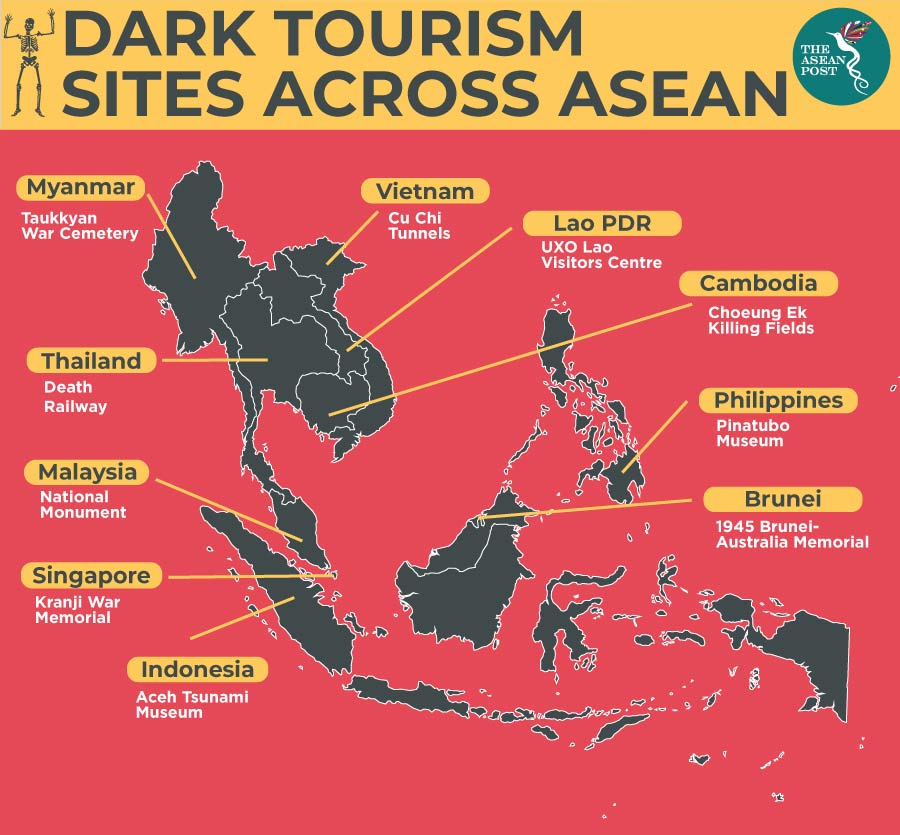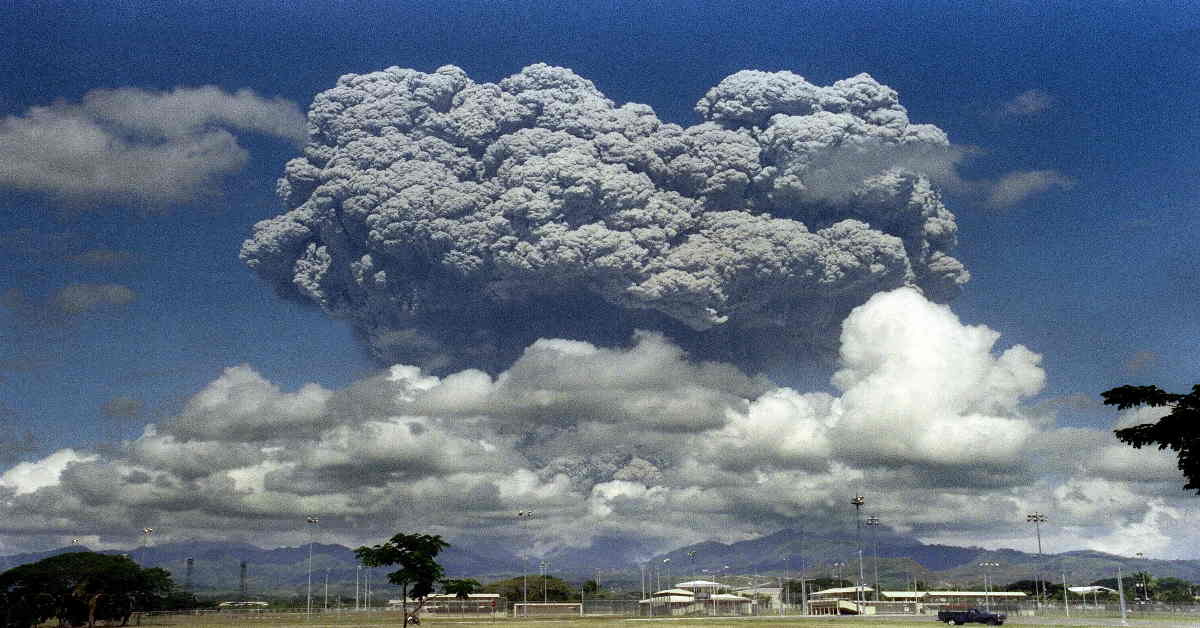From the 1945 Brunei-Australia Memorial in Brunei to the Cu Chi Tunnels in Vietnam, Southeast Asia has more than its fair share of dark tourism sites.
World War II, the Khmer Rouge and a multitude of natural disasters have seen the creation of dozens of museums, monuments and memorials dedicated to providing the public with a deeper understanding and greater reverence of these key events.
However, discussing the merits of sites which sell themselves on tragedy – such as the “Killing fields" of Choeung Ek in Cambodia, where the 8,000 human skulls in a glass shrine is one of the main attractions – inevitably leads to a debate on the numerous issues associated with such forms of tourism.

Generally defined as tourism involving travel to places associated with death and tragedy, the term “dark tourism” was coined in 1996 by Malcolm Foley and John Lennon, two hospitality professors at the Glasgow Caledonian University in Scotland.
In their paper titled ‘JFK and dark tourism: A fascination with assassination’ published in the International Journal of Heritage Studies, the duo used the term to describe the phenomena which encompasses the “presentation and consumption (by visitors) of real and commodified death and disaster sites.”
Events such as the eruption of Mount Pinatubo in the Philippines in 1991 and the tsunami which hit the Indonesian city of Aceh in 2004 were traumatic individual experiences for the people affected by the calamities, but they are also socio‐cultural phenomenon which the public can relive today if they visit the museums that have been set up to commemorate these two natural disasters.
While the desire to learn more about important events and understand the history that surrounds them seems to be the key driver for such tourism, the educational mission of such attractions have to be balanced with a variety of other issues.
Although Foley and Lennon stress that dark tourism raises ethical issues over the status and nature of objects, the extent of their interpretation, the appropriate political and managerial response and the nature of the experience as perceived by visitors, victims (and their relatives) and local residents, the duo also note that ‘dark’ events come with the possibility of exploitation for economic considerations.
In addition, rising visitor numbers thanks to media promotions, connectivity improvements and cheaper transportation costs come with problems such as the desecration of sites and an increase in locals trying to make money off these attractions.
Visitors to a World War II tunnel in the Indonesian city of Bukittinggi have complained about unreasonable fees by guides, some of whom lacked the historical facts surrounding the attraction the Japanese built with forced labour. While inept tour guides can be found across the world, misrepresenting history – especially when it comes to sensitive issues such as World War II – is bound to create a poor impression of the whole trip.
While tourists may be eager to learn more about life-altering tragedies by visiting sites, it is vital that this is done with the utmost of respect.
Take for example the Sunda Strait tsunami which killed more than 400 people in the Banten and Lampung regions of Indonesia last December. While the carnage and destruction was reported across the world, the tsunami was also infamous for another reason; the number of Indonesian selfie-seekers keen on using the wreckage-strewn landscape as backdrops.
Travelling for hours from neighbouring cities such as Jakarta and Cilegon, these visitors had no qualms about posting photos on social media of themselves posing in front of flooded fields scattered with wrecked cars and farm equipment just days after the disaster – with local residents understandably expressing their “disappointment’ with their behaviour.
Visitors at the S-21 extermination camp in Phnom Penh have been known to spray graffiti on photos of certain Khmer Rouge leaders or collect pieces of human bones as souvenirs.
While there will always be some degree of doubt as to whether dark tourism should be celebrated for its historic value or condemned for being culturally insensitive, the commoditisation of death and disaster raises questions which some tourists may never find answers to.
Related articles:
